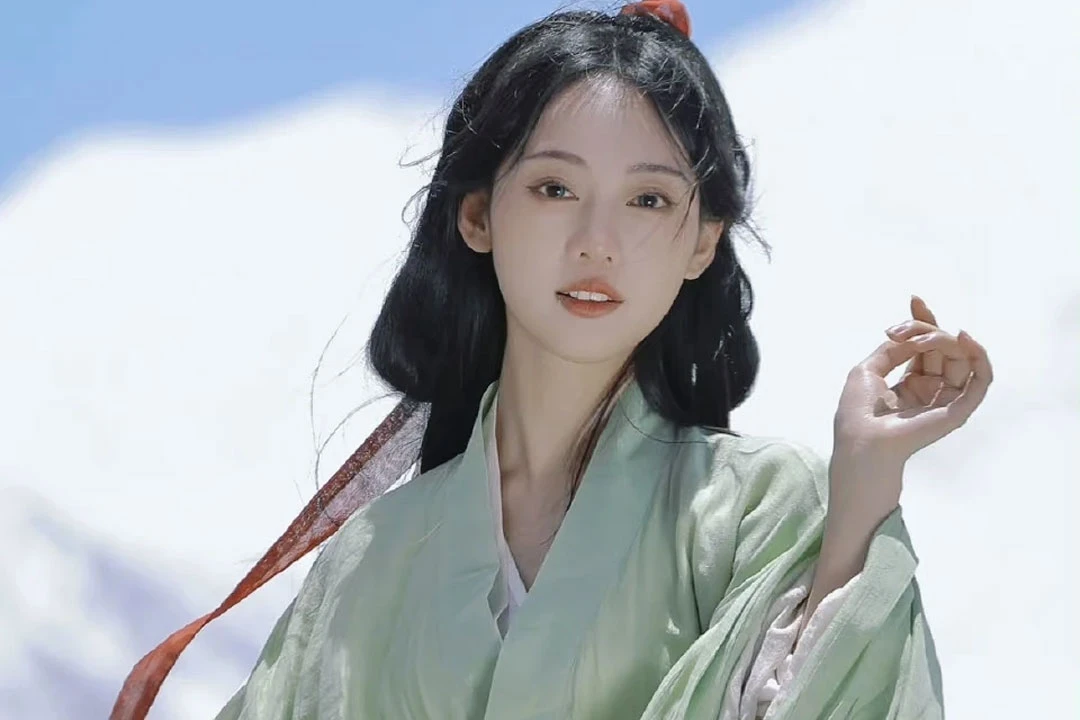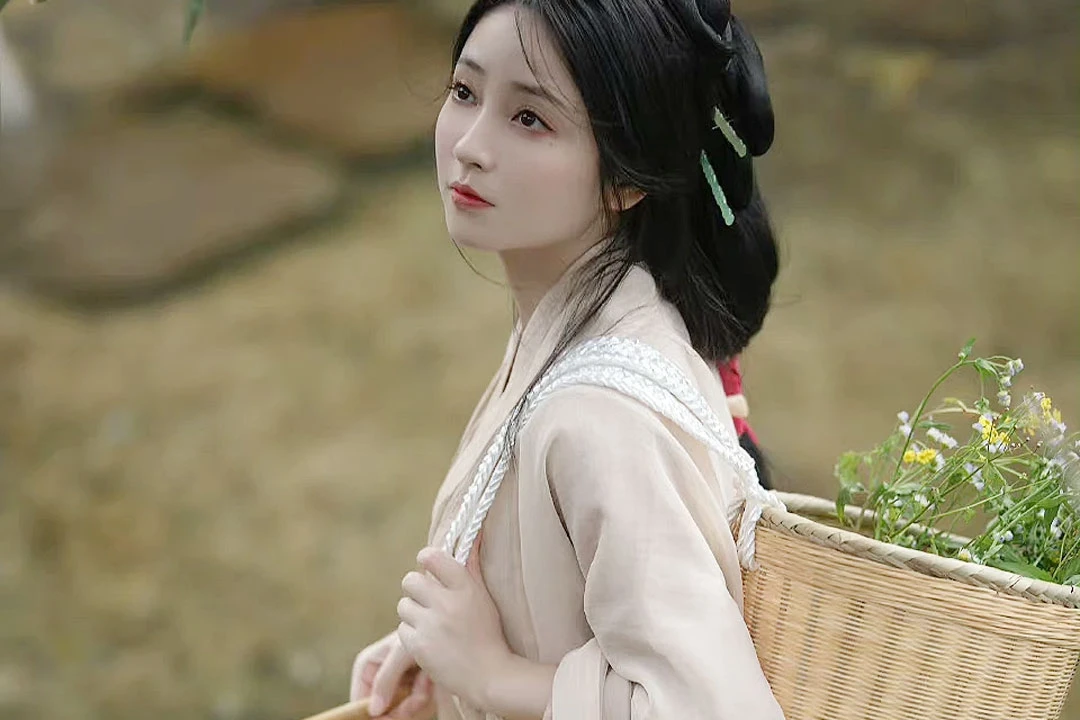In the annals of Chinese history, the Han Dynasty stands as a pinnacle of unified imperial rule, succeeding the Qin Dynasty. Not merely a historical epoch, the Han Dynasty left an indelible mark on the cultural tapestry of China, especially in the realm of traditional clothing, known as Hanfu.
Weaving Excellence
During the Han Dynasty, the pursuit of elevated sartorial standards led to the establishment of organized systems for clothing production. This intricate network comprised sericulture, weaving, and the oversight of official clothiers. The meticulous process involved silk cultivation, transport to specialized workshops for weaving, embroidery, and the meticulous categorization of finished fabrics.
Renowned for its advanced textile machinery, the Han Dynasty boasted spinning wheels, looms, and jacquard machines. These innovations alleviated manual labor, accelerating textile production and propelling advancements in dyeing, weaving, and embroidery. The streets teemed with an array of silk fabrics, ranging from plain to intricate patterns—nearly 20 different types adorned the markets.
One Belt One Road
The rapid development of the silk industry in the Han era owed much to governmental support and international outreach. Diplomatic ties introduced Han silk to regions like the northern Xiongnu and the northwest Middle East, captivating these societies with fabrics like brocade, embroidery, damask, and satin.
Han Dynasty hanfu attire primarily featured cloth materials, reflecting the simplicity of the “Wenjing zhi zhi” (Cultural Flourishing) era. The distinctive style emphasized broad collars, low necklines, and the intentional display of multiple layers, a practice known as “San Chong Yi” or “Three-layered garments.” White fabric dominated the ensemble, with wide cuffs and sleeveless shirts exemplifying the Han aesthetic.
Women’s Hanfu
Han women embraced deep robes as their ceremonial wear, distinguished by seasonal colors such as spring green, summer vermilion, autumn white, and winter black. The Han clothing repertoire, epitomized by the iconic “Qun” and “Shan,” highlighted the grace and refinement of the female form. Elaborate embroidery, a hallmark of noblewomen, became a key distinguishing factor in their portraits.
In the transition from Western to Eastern Han, a pivotal shift occurred with the introduction of straight-hemmed deep robes. This innovation, attributed to the influence of Huo Guang during Emperor Zhao’s reign, gradually displaced the traditional pleated garments. However, wearing straight-hemmed robes risked revealing the trouser hem, deemed impolite in Han society, restricting its use to informal occasions.
Han attire evolved to include various styles, such as the short-sleeved “Ban Xiu” garment. The exquisite variety extended to women’s skirts, with the famed “Liu Xian Qun” gaining notoriety. This pleated skirt, akin to the modern-day accordion-style pleated skirt, adorned the wardrobes of elite women, embodying opulence and sophistication.
Affluent families indulged in fur-lined garments made from the hides of animals like foxes, dogs, sheep, deer, mink, and rabbits. Distinctive occupational apparel, categorized as special attire, encompassed military uniforms, prisoner garments, mourning attire, and ceremonial robes.
Challenges and Riches
Despite the mature state of sericulture and embroidery in the Han period, silk production struggled with low yields and high costs. Exclusive to the elite class, silk garments remained a luxury, while commoners favored simple attire, often referred to as “Bu Yi” or rough cloth. “Bu Yi” and “Yi He” became synonymous with the modest attire worn by the general populace.
Government policies reinforcing the agrarian sector over commerce impacted the social status of merchants. While official regulations prohibited silk attire for merchants, their economic clout allowed some to flout these restrictions, epitomized by the saying, “Wearing embroidered silk, violating the official code.”
Colors and Hierarch
The color palette of Han attire bore profound significance, evolving through the dynastic epochs. Black dominated the early Han period, aligning with the principles of Water and virtue. Emperor Wu ushered in an era of Earth and yellow, shifting the official color to yellow garments. Wang Mang’s brief interlude saw a preference for red, aligning with the virtue of Fire.
Red and yellow, deemed symbols of nobility and virtue, adorned the regalia of emperors, empresses, and high-ranking females. Princes, ministers, and favored courtiers wore deep red attire for official audiences, a color code meticulously crafted to reflect social hierarchies.
Symbolic Motifs and Regal Adornments
Embroidery during the Han era transcended mere embellishment, becoming a language of symbols. Dragons, phoenixes, celestial bodies, flora, fauna, and mythical creatures adorned noble garments. The intricacy of a garment’s embroidery, whether employing all twelve chapters of motifs for an emperor or fewer for nobles, communicated the wearer’s status and rank.
In essence, the attire of the Han Dynasty was a canvas of cultural, social, and political intricacies. Its evolution mirrored the shifting dynamics of Chinese society, a testament to the timeless interplay between tradition and innovation. Beyond fabric and thread, Han attire wove together a narrative of identity, hierarchy, and the enduring quest for aesthetic expression.


